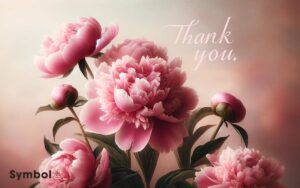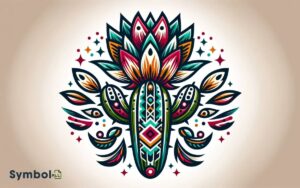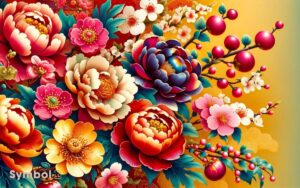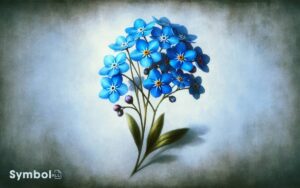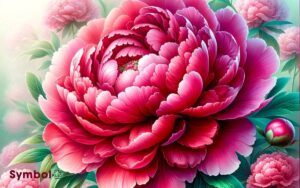What Flower Is Symbol of January? Carnation!
The flower symbolizing January is the carnation, a bloom with over 2,000 years of cultivation history originating from the Mediterranean. You’ll find it fascinating that its propagation methods include layering, cuttings, and seeds.
Symbolizing love, fascination, and distinction, carnations convey messages of different types of love across cultures, including maternal love. Each color variant, from red showing deep love and admiration to white symbolizing purity and luck, adds to its rich tapestry of meanings.
Cultivating them demands specific care, like well-drained soil and ample sunlight. Dive deeper, and you’ll uncover a world where color-specific symbolism in carnations reveals complex human expressions.
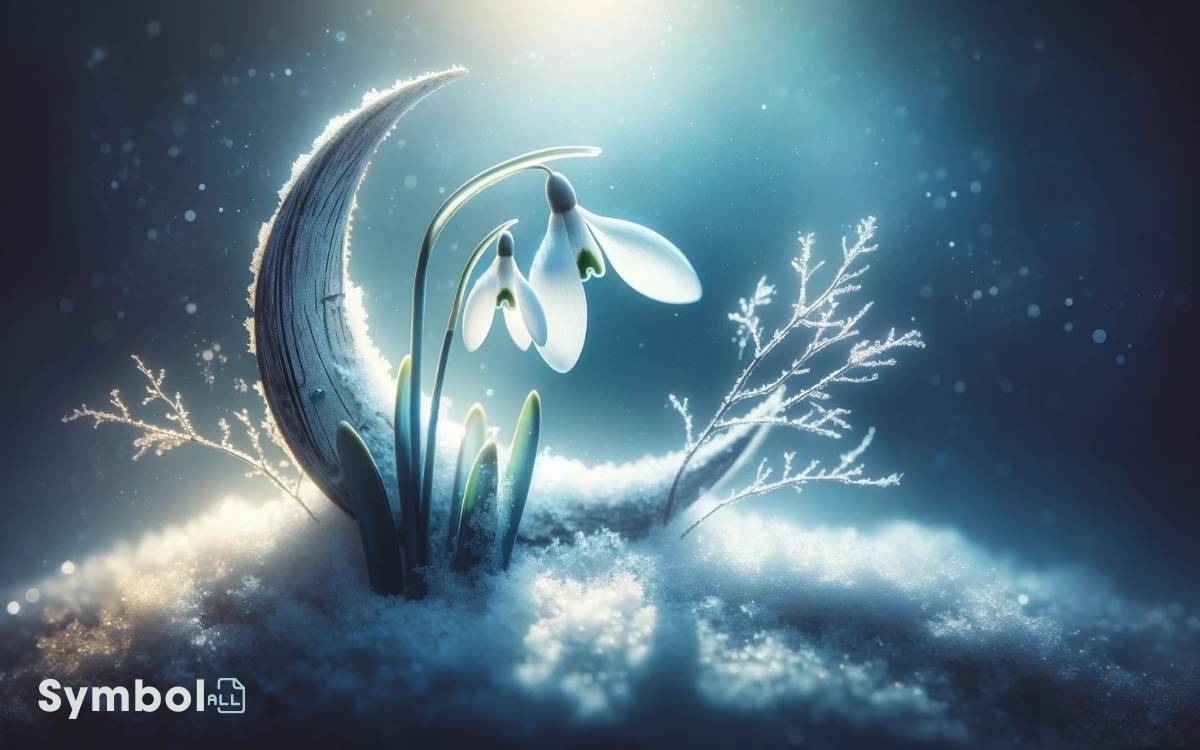
Key Takeaways
The Carnations History
Tracing back through the annals of history, carnations have been cultivated for over 2,000 years, offering insights into their enduring significance and varied uses across cultures.
Originating in the Mediterranean region, these flowers have adapted to various climates, showcasing their resilience and versatility.
Scientific analysis reveals their unique propagation methods, including layering, cuttings, and seed dispersal, contributing to their widespread cultivation.
Ancient texts and fossil records indicate carnations were used in ceremonial garbs and medicinal concoctions, highlighting their multifaceted roles in past societies.
Their genetic diversity, a result of centuries of selective breeding, has led to a plethora of colors and forms, each with unique horticultural requirements.
Understanding their complex history helps you appreciate their presence in modern gardens and floral arrangements, connecting past and present through botanical continuity.
Symbolism and Meaning
Beyond their historical cultivation and genetic diversity, carnations carry deep symbolic meanings that vary considerably across different cultures and periods.
You’ll find that in some contexts, carnations are emblematic of love, fascination, and distinction. Surprisingly, the type of love they signify can range from the fervent love of a mother, as celebrated on Mother’s Day, to a more general form of affection and admiration.
This diversity in symbolism isn’t arbitrary but is deeply rooted in the flower’s widespread cultivation and its adaptability to various climates and soils, which allowed different cultures to imbue it with their unique meanings.
Additionally, carnations have been used historically not just for their beauty, but also for their medicinal properties, adding layers to their significance.
This blend of beauty, utility, and adaptability makes the carnation a profoundly symbolic flower across different times and cultures.
Color Varieties and Significance
Carnations exhibit a rich palette of colors, each bearing a unique significance that reflects cultural beliefs and emotional expressions. Red carnations symbolize deep love and admiration, making them ideal for romantic gestures.
In contrast, white carnations convey purity and luck, often chosen for new beginnings and to express sympathy.
Pink carnations have a historical significance tied to a mother’s undying love, attributed to Christian lore where they were believed to have first grown from the Virgin Mary’s tears.
Yellow carnations, however, signal disappointment or rejection, embodying a complex spectrum of human emotions.
Each color variation not only enhances the aesthetic value of these blooms but also enriches the symbolic language through which people communicate their deepest feelings and traditions.
Cultivation and Care Tips
To successfully cultivate carnations, you’ll need to make sure they’re planted in well-drained soil and receive at least four to six hours of sunlight daily.
This requirement is important for their development, as it aids in the photosynthesis process and prevents the roots from becoming waterlogged, which can lead to fungal diseases.
Soil pH should ideally range between 6.7 and 6.9, slightly acidic, to optimize nutrient uptake. Regular watering is necessary, yet it’s important to allow the soil to dry slightly between waterings to encourage strong root growth.
During the growing season, a balanced, slow-release fertilizer applied every six to eight weeks will support robust growth.
Paying attention to these details ensures your carnations thrive, displaying their vibrant colors and distinctive fragrance.
Carnations in Culture and Tradition
Throughout history, people’s fascination with carnations has woven them into the fabric of numerous cultural and traditional practices worldwide. These flowers aren’t just visually appealing; they’re rich in symbolism.
For instance, in Korea, carnations express love, admiration, and distinction, often used in weddings and celebrations.
Scientifically, Dianthus caryophyllus, the botanical name for carnations, signifies the flower’s intricate relationship with cultural identity. Research highlights their role in ancient Greek ceremonial crowns, symbolizing betrothal and eternal fidelity.
Different colors convey distinct messages: red carnations for love and admiration, white for purity and luck, and pink for gratitude.
This color-specific symbolism demonstrates the flower’s deep-rooted significance in cultural rituals, revealing the complexity and breadth of human expression through the simple elegance of carnations. This profound connection between blooms and tradition underscores how flowers transcend mere aesthetics to embody rich layers of cultural identity and emotion. For instance, the Chinese New Year orchids meaning highlights prosperity, fertility, and abundance, making orchids a treasured choice during the festive season. Similarly, carnations, with their versatile symbolism, continue to bridge human sentiment and heritage, fostering rituals that honor the beauty of life’s milestones.
Conclusion
To sum up, the carnation stands as January’s emblematic flower, a symbol steeped in rich history and profound meaning. Its diverse color palette, each hue carrying its own significance, highlights the flower’s adaptability and depth.
Through meticulous cultivation, you can nurture these blooms, integrating them into cultural and traditional practices.
Investigating the theory behind its symbolism reveals a complex interplay of historical and societal influences, underscoring the carnation’s enduring allure and multifaceted role in human expression.

